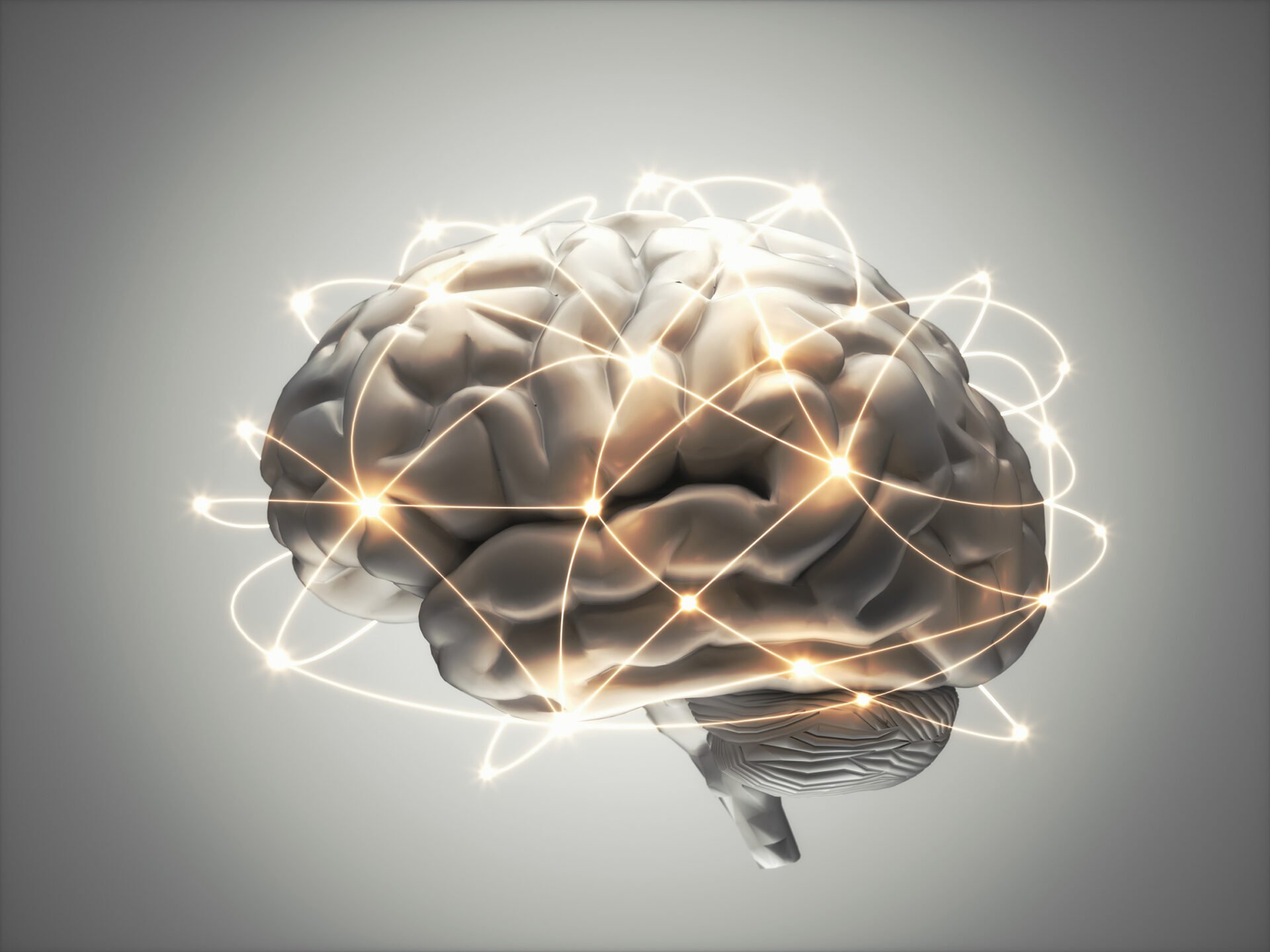The central nervous system is permanently exposed to a variety of challenges. Some hurdles can be overcome; others require help. Researchers are working at full speed to decipher processes in order to develop suitable therapeutic measures on the basis of a better understanding. Recent study results on different brain (nerve) diseases were presented at the DGN.
Vestibular paroxysmia (VP) is a “vascular-nerve conflict” in the cerebellopontine angle, causing brief, usually spontaneous attacks of vertigo. Brief episodes of ear pressure, hearing loss, and/or tinnitus are also reported. At the point where the auditory and vestibular nerves enter the brain, there is permanent contact of the nerves with a vascular loop. The nerve impulses can then jump back and forth between the individual nerve fibers without hindrance. These “short circuits” lead to hyperexcitability of the auditory and/or vestibular nerves with the typical symptoms. Now, new diagnostic criteria have been established to distinguish a definite (dVP) and probable (pVP) form. In a well-diagnosed cohort of patients, clinical symptoms and vestibular findings were described in more detail [1].
146 patients were identified with a pVP (n=73) and dVP (N=73). Sufferers suffered between five and 30 attacks daily. The clinical symptoms of the two forms differed significantly with respect to the type of vertigo. dVP patients reported rotary vertigo more frequently. In two-thirds of those affected, the attacks occurred spontaneously; in one-quarter, they were triggered by head movements. Regarding vestibular diagnosis, one third of the patients showed hyperventilation-induced nystagmus and deviation of the subjective visual vertical. 18% had to switch from the original medication of carbamazepine and oxcarbazepine to gabapentin, lacosamide, or phenytoin because of side effects. Three quarters of the dVP patients could be helped. They remained attack-free – more than half even without medication. Affected individuals with persistent attacks also had significantly higher attack frequency at baseline. Overall, it can be said that the long-term prognosis of VP is favorable. An attempt at treatment seems reasonable.
MS disease burden in early stages
No disease is the same and no two patients feel the same way. Therefore, differences in perception of the presence and symptom severity of multiple sclerosis (MS) may lead to underestimation of the prevalence and relevance of symptoms. Therefore, the aim of a survey was to capture the patient perspective to facilitate the recognition of the transition from RRMS to SPMS [2]. The survey provides insights into disease symptoms, maintenance of daily living skills, disease burden, and benefits of course-modifying and symptomatic therapies. It was conducted among 4555 adult patients with PmMS.
It was found that problems with walking were reported as the most bothersome. Fatigue, cognitive impairment, visual disturbances, and numbness and tingling were more common in RRMS and SPMS sufferers with lower disability status than in patients with higher disability status. 65.8% of all RRMS patients and 92.9% of all SPMS sufferers reported worsening of symptoms independent of relapses. 24.4 of RRMS and 43.5% of SPMS patients received no disease-modifying therapy, and 36.9% of all PmMS sufferers received symptomatic treatment. All in all, a relevant proportion of RRMS patients had longer disease duration, increasing disability, relapse-independent worsening of symptoms, and a similar symptom pattern and disease burden as the SPMS group. This suggests that the transition to SPMS is underdiagnosed in clinical practice.
Endovascular therapy for cerebral infarcts.
Endovascular therapy (EVT) is increasingly used to treat strokes caused by isolated occlusion of the posterior cerebral artery. A meta-analysis has now further investigated the clinical benefit compared to clinical-only management (BMM) [3]. For this purpose, 12 of 441 articles were included in the analysis. Four of the twelve studies directly compared EVT with BMM. In the others, either one method or the other was studied. A total of 679 patients were included. An EVT was performed in 338 affected individuals and a BMM in 341.
After three months, a good functional outcome was achieved in 48.1% of BMM patients and 58.0% of EVT patients. In the comparative analysis, no significant differences in the frequency of a good clinical outcome were detectable. Accordingly, the experts conclude that EVT is a safe treatment.
Sometimes a second look is worthwhile
In the 19th century, neurosyphilis represented the most common cause of dementia. In the meantime, this form of dementia has become rare. Nevertheless, a test can sometimes be helpful, as one study found [4]. For this purpose, geriatric inpatients with cognitive abnormalities or neuropathy underwent an electrochemiluminescence immunoassay to detect antibodies directed against T. pallidum as a lues search reaction. If the result was positive, further laboratory tests were performed with the question of whether antibiosis was indicated. In 42 of 4116 patients (1%), TP-ECLIA detected antibodies in serum against T. pallidum. CSF analysis was performed in 10 patients. Five affected individuals ultimately received antibiotic treatment.
Congress: Neuroweek (DGN)
Literature:
- Steinmetz K, Becker-Bense S, Strobl R, et al: Vestibular paroxysmia – clinical features and long-term course. DGN-P292.
- Bayas A, Christ M, Schuh K: Patient survey on disease burden and early signs of multiple sclerosis progression in Germany (MSPerspectives). DGN-IP018.
- Berberich A, Finitsis S, Strambo D, et al: Endovascular therapy versus clinical management of cerebral infarcts caused by posterior cerebral artery occlusion: a meta-analysis. DGN-P124.
- Djukic M, Eiffert H, Lange P, et al: The role of lues serology in the differential diagnosis of cognitive impairment and polyneuropathies in patients in a geriatric clinic. DGN-P213.
InFo NEUROLOGY & PSYCHIATRY 2023; 21(1): 18 (published 8.2.22, ahead of print).












